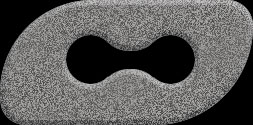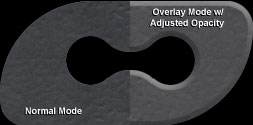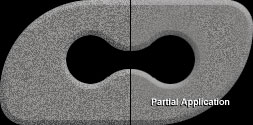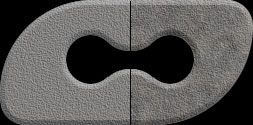


 |
 |
||||
| |
|||||
 |
|||||

 |
Textures can be another great way of adding detail to your interfaces. Adding a texture can be as easy as putting the texture on top of the interface but certain texture application methods can greatly enhance your interfaces and get more out of your textures. |
 |
Textures can come with range of colors that might not work for the object where it will be applied to. Simply adjusting / correcting the color or brightness and contrast using the image adjusting features (ex. variations) of photoshop can solve this problem. |
 |
Simply applying a texture sometimes just don't work. Differences in color, contrast, brightness and other factors may not be right for the interface. You can solve this problem by blending the texture to the object it will be applied to using the different layer modes or by reducing the opacity. The settings for the modes and opacity will vary on the type of textures and the effect you want to achieve. |
 |
The texture you want to use does not always need to fill up the entire interface. This is done by using the eraser tool with a large soft brush and a light pressure and randomly erasing parts of the texture. This is a great method for creating a unique look for your interfaces. |
 |
Using multiple textures is another good way to enhance your interfaces. The 2 to 3 textures are applied partially or in full and vary in opacity or layer modes. This will allow the textures to blend in with each other. The limit of textures you can use depends on the effect you want to achieve. |
| Go Back |
|
Images and content Copyright © 1998-2001
Ryan Lacdao Bandwidth by Philmetro |